This is a tutorial for adapting a printed cross-stitch pattern into a quilt top. This year, I made a couple of cute Star Wars themed quilts using cross-stitch patterns from Jacqueline of Wee Little Stitches. If you are a fan of anything remotely nerdy, from Star Wars and Star Trek to Buffy and the Big Lebowski, the chances are you’ll find a fun cross-stitch pattern for it at Wee Little Stitches.
When I shared my creations with Jacqueline, she told me that she receives frequent requests on how to do this type of adaptation of her patterns, so with her permission and encouragement, I decided to create this tutorial.
I’ll be using one of the Wee Little Stitches freebie patterns, specifically Captain America from The Avengers. And before I get started, I’d like to remind you that while this tutorial is a free offering, both Jacqueline and I support ourselves by making cool stuff for YOU. So if you’re inspired by any of the patterns on either my site or Jacqueline’s, please be cool and BUY them. Also, all Wee Little Stitches patterns are for personal use only, so no selling the things you make from them.
One last thing before we get started: this tutorial assumes you already know a few things about quilting, such as how to set up for a 1/4’’ seam, how to rotary cut, basic block construction, and finishing techniques. I’ll just be leading you through how to adapt the pattern to a fabric top.
1. Choose your pattern!
I’m using the Wee Little Stitches free Avengers pattern, and I have decided to make Captain America. I’ll be calling him Cap for the rest of the pattern.
2. Choose the scale of the character
Count the number of squares for both the height and width of your character. Cap is 36 squares tall, and 16 squares wide. I’m calculating JUST the character, not any additional background – we’ll get into that once the figure is together.
Each square of the cross-stitch pattern will represent a square in the quilt top, so now to choose a size for those squares:
- If the squares are 1/2’’ finished, Cap will be 18’’ x 8’’, which would work great on an oversized pillow (and for the record, be pretty fussy to work with)
- If the squares are 1’’ finished, Cap will be 36’’ x 16’’, which would work great on a child’s quilt, or the center of a lap quilt
- If the squares are 2’’ finished, Cap will be 72’’ x 32’’, which would top a twin bed (once borders are added).
I’ll be making the 2” size as I like to make quilts that are big enough to snuggle well on a couch, and versatile enough to toss on a bed if needed. Yes, 32’’ is skinny, but I’ll border it out once I have the figure together.
3. Make a copy of just the figure as big as a sheet of paper
There are a couple of ways to do this:
- Enlarge the character on a copier until it fills the page
- Open the pattern on your computer, and do a screen shot section of the character (on a Mac, Command Shift 4, or on Windows, using the Snippit Tool), and capture just the rectangle that will include all the character and no more
Print the screen shot at full page size. You might print a second to have on hand just in case. This is will be your master template for cutting.
4. Choose the fabrics
I recommend using quilt store quality fabrics, in solid colors to maximize the pixelated effect of the squares. If you’re going to invest your time in something like this, be sure to invest in high quality fabrics that will last! The cross-stitch pattern has a floss color chart that’s easy to follow, and you can use its suggestions for your fabric choices.
Cap is pretty easy – he’s primarily red, white and blue, with a few squares of black and skin tone. I have decided to use a light gray as my background as all my colors will look good against it.
I purchased 1 yard each of red, white, and blue, and 2 yards of gray. I have skin tone and black in my stash. Yes, I will probably use about half of that yardage, but a yard gives me room to goof up, plus decent yardage for making into a border or backing.
5. Prepare a design surface
I find that making something like this is best done with a design wall. If you don’t have space that you can dedicate to a design wall, then either tack a piece of flannel or batting to the wall, or pick up a couple of cheap plastic table cloths that have flannel backs (often in the seasonal aisle of a chain store like Joann’s or Target). With plastic on one side and flannel on the other, these are easy to roll up mid-project if you are sewing at a retreat or need to clear space for dinner.
6. Section out the pattern
This is where the work begins. You have a few options, so let’s talk about them:
- Cut one fabric square for each stitched square. This is probably the easiest to figure out, but it will be the hardest to sew as you’ll have LOTS of unnecessary seams to both make and match up. If you like the look of all those seams, you can create it easily with your quilting stitches later.
- Break the pattern into either columns or rows. This means you make a group of strips, and then assemble them. This is also easy to figure out, but again, a lot of unnecessary seams.
- Cut the pattern into blocks. This means that, when possible, you use a larger chunk of fabric for an area. There will still be areas that are made of single squares, but as few as possible.
I’ll be showing you the third method. Note: I made a lighter copy of the pattern, and I’ll be working with a thick pen for this so it shows up well in tutorial pictures – you’ll probably be fine with a regular copy and a pencil.
First, look for the major blocks in the figure’s design, or the easy stuff. Use a ruler, and mark these blocks.
Think about the major sections that you’ll need to make. For most of the characters, the sections will follow the major body areas quite well, and they’ll often be quite symmetrical. In the case of Cap, I need to navigate the shield, and the wings on his helmet outside the body structure. I also want to keep the background in large chunks for simplicity.
In this drawing, you can see that I’ve split Cap into 4 major segments: top of the helmet, face and torso, shield, and legs.
I’ve also drawn some section lines within those. In all cases, I’m trying to make the block simply, with the least amount of seams. Note that there is certainly more than one way to get to the solution! I’m working the face mostly horizontally as it breaks up easiest that way, but I’m working the upper body vertically as it makes for fewer single strips.
Being as the colors in the shield are mostly in single rows of squares, I’m not going to get away with big chunks, so I’ll just cut it up as best I can. There’s a spot in the middle of the shield that can be 2 squares wide, so I’ll start with that and work out from it.
7. Begin construction
At this point, you can cut out every square and rectangle, and lay them on your design wall, or you can cut and sew a section at a time. I prefer the latter method as it means I need to label fewer things. I’m also less likely to lose a piece if I work in smaller segments.
I’m making the 2’’ version, so for every square I need to cut 2’’ PLUS SEAM ALLOWANCE. Every measurement you make, regardless of which size (1/2’’, 1’’, or 2’’) requires an extra half-inch in both directions for the seams, so write that somewhere obvious in big letters! So, for example, if I need a piece that covers 2 x 4 squares (at the 2” per square size) I need to cut 4 1/2” x 8 1/2“.
I’m going to work on Cap from the feet up. My reasoning for this is the first section is very easy, and will make me feel like I’m getting somewhere pretty quickly! Then the shield section will be the trickiest, so I’ll get it out of the way next. Back to easier on the torso, and a fast finish on the helmet.
I cut the pieces and put them on the design wall in their correct place as I go:
I cut out the largest pieces first, and work the smaller pieces from the scraps of that, paying attention to saving large fabric for later sections as needed. The largest piece of red I need is 3 squares wide (6 1/2’’), in this or any other section, so I’ll cut that first.
Then I’ll cut a strip 2 squares wide (4 1/2’’) and save a piece of it for the right hand section in the shield. I’ll cut all my 1 square wide (2 1/2’’) pieces from the scraps of those before cutting any more 1 square strips.
The next step is where I get all my exercise – I sew and press each section as I go, and put it back on the design wall until I sew it to something else. I press the way that goes easiest (who needs to fight with seams?) and I try to press away from the white/light whenever possible, but without being terribly uptight about it 🙂
And the feet are done:
On to the shield:
I laid it all out, but failed to notice that I made the lower right corner white instead of gray until it was assembled! Perhaps I should have shaded in the background of my reference drawing!
First I sewed the major rows together:
Then sewed those into the section:
And then I fixed the lower right to be gray!
That’s better!
Here’s the lower half of the quilt top – you can see Cap beginning to take form:
And on to the torso, paying SPECIAL attention to the background gray!
Here it is, with the smaller sections together:
And here’s the section, finished:
And onto the helmet:
And the helmet, put together:
And the whole figure assembled:
This handsome fella still needs and “A” on his helmet, which I will applique or fuse once I have the big sewing done.
Next are borders. I will start with about 4” top and bottom to give the figure some room, as I don’t like the binding to run into the compositional elements:
So at this point, Cap is about 80” tall. For good visual balance, as well as a useful size, I think he should be about 50” wide. The character section is already 32” wide, so I have about another 20” to add. Cap is not symmetrically centered – his shield moves the center line to the left, so I need to put a little more background on the right. I added 8” to the left and 12” to the right. (If you’re worried about balancing something like that, just add a few extra inches to both sides, and then trim it back as needed based on how it looks on the design wall).
And he’s ready to be layered and quilted!
I will probably do 2” vertical lines across the entire quilt, and then cross only the character with 2” horizontal lines so that the pixellated effect is emphasized, similar to Leia and R2D2 below.
Here are a couple of other Wee Little Stitches patterns I’ve adapted – they belong to my son and his fiancée!
I hope you’ve enjoyed the tutorial! If you use it, please tag @weelittlestitches and @huntersds on Instagram so Jacqueline and I can enjoy what you make!
******
BTW – Did you join my mailing list yet? Do it here. I’m dreaming up groovy exclusive stuff for you!

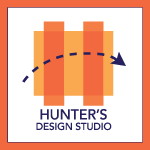
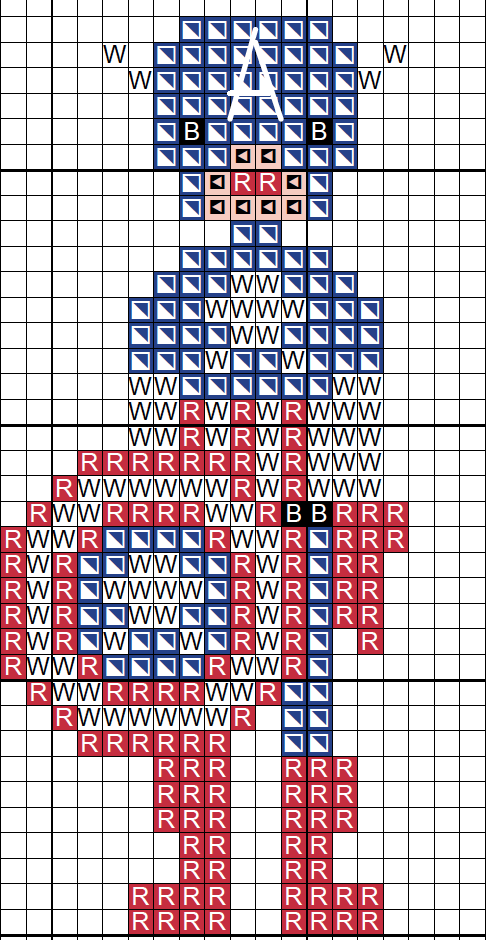
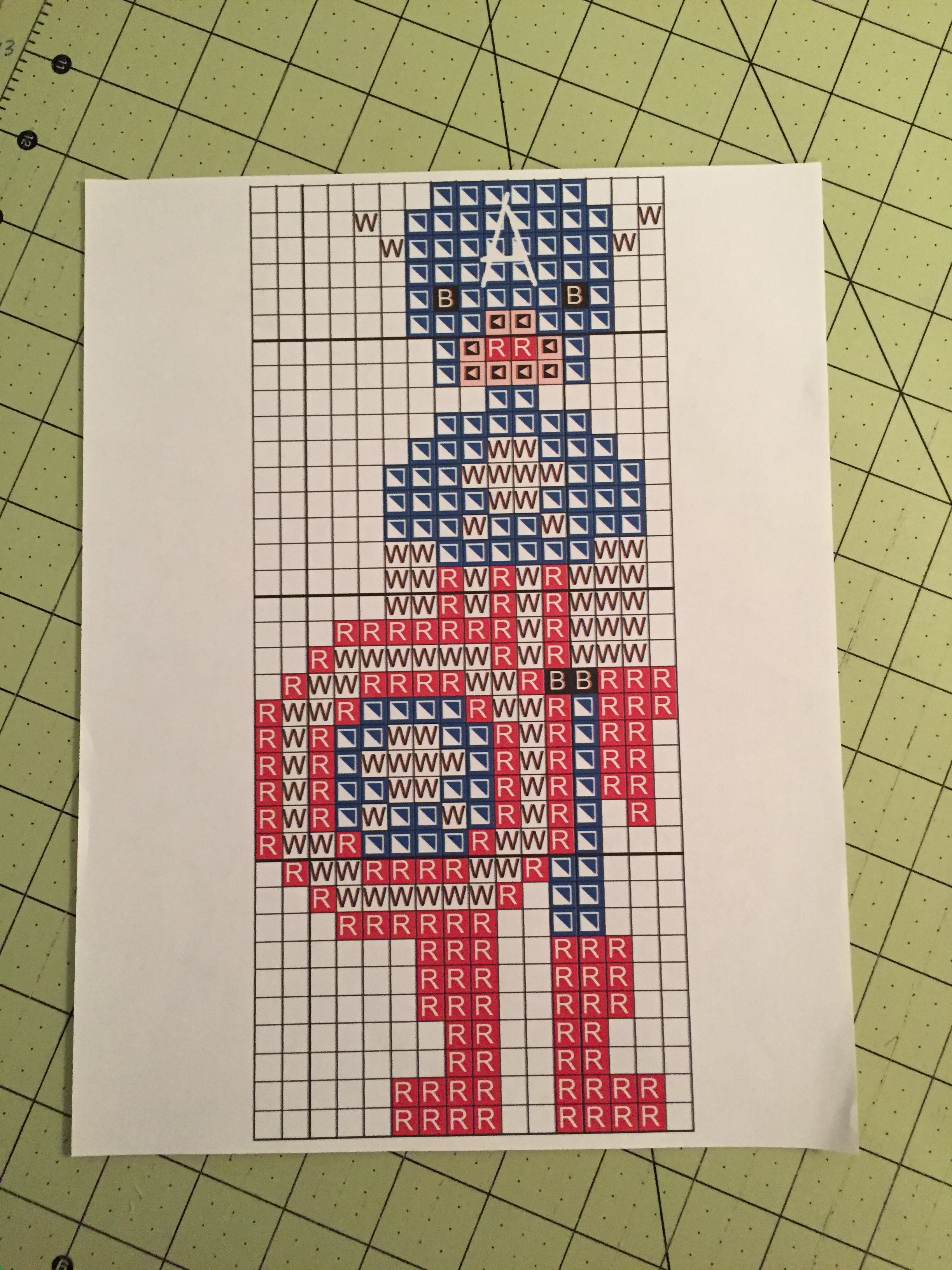
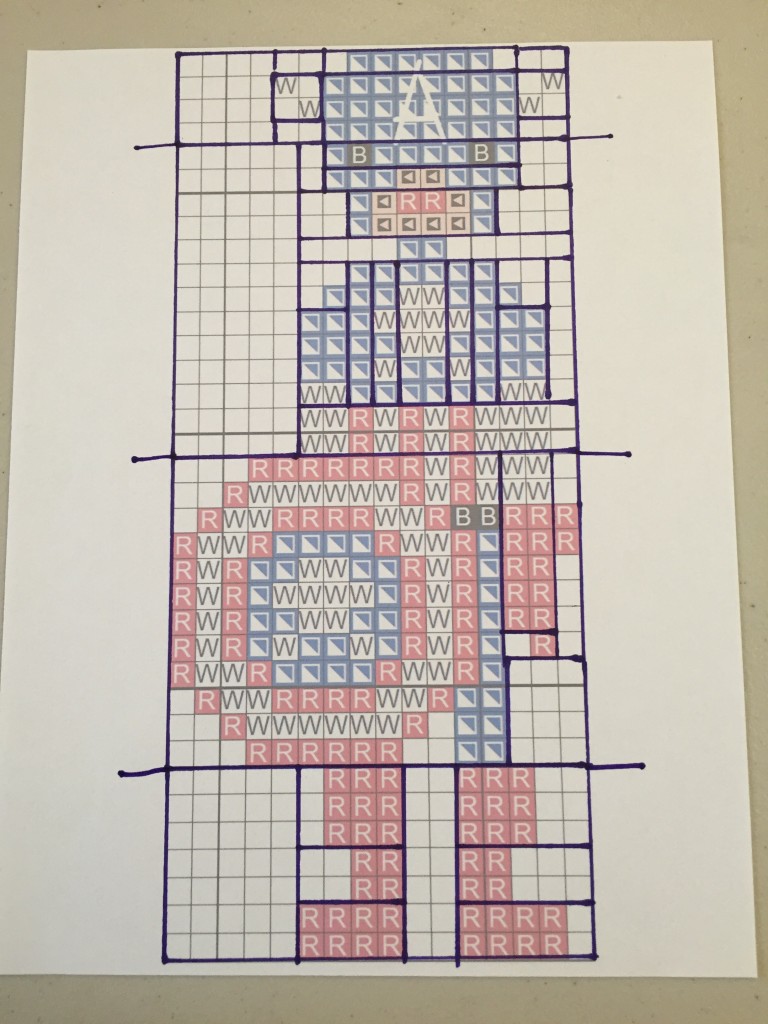
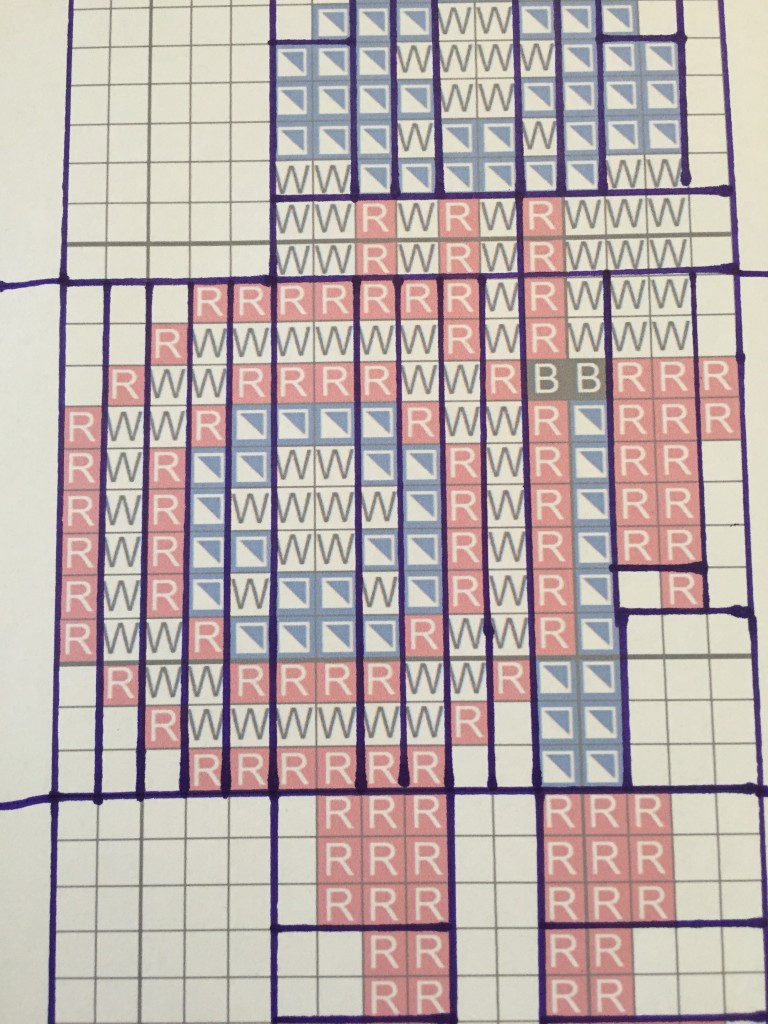
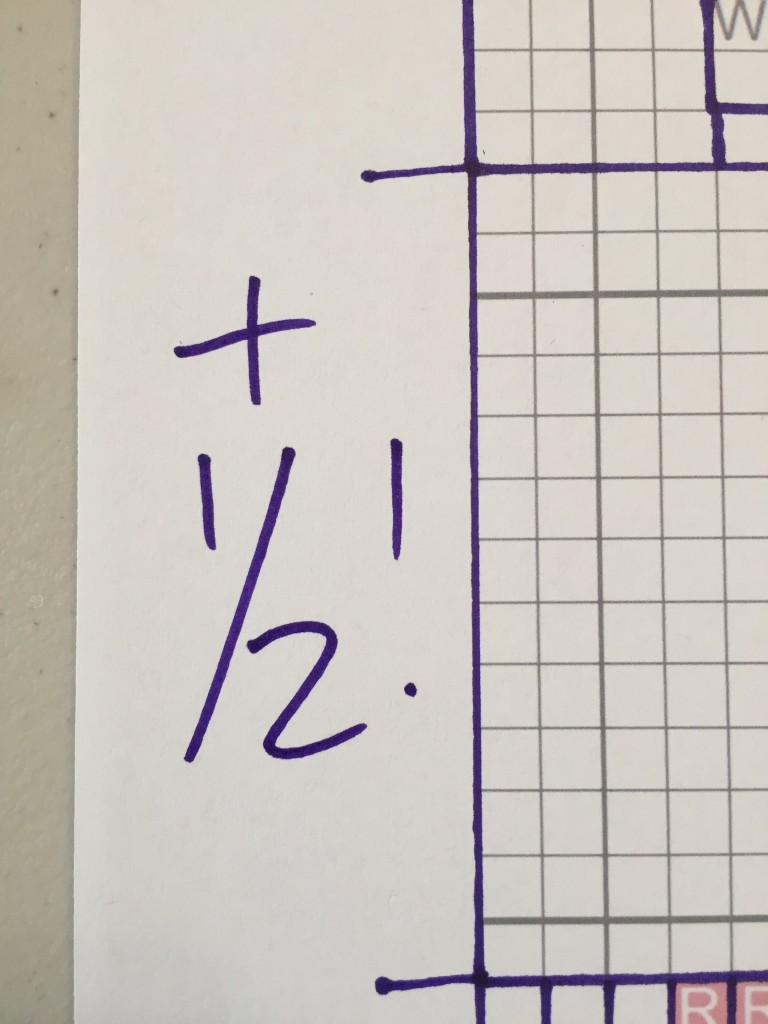
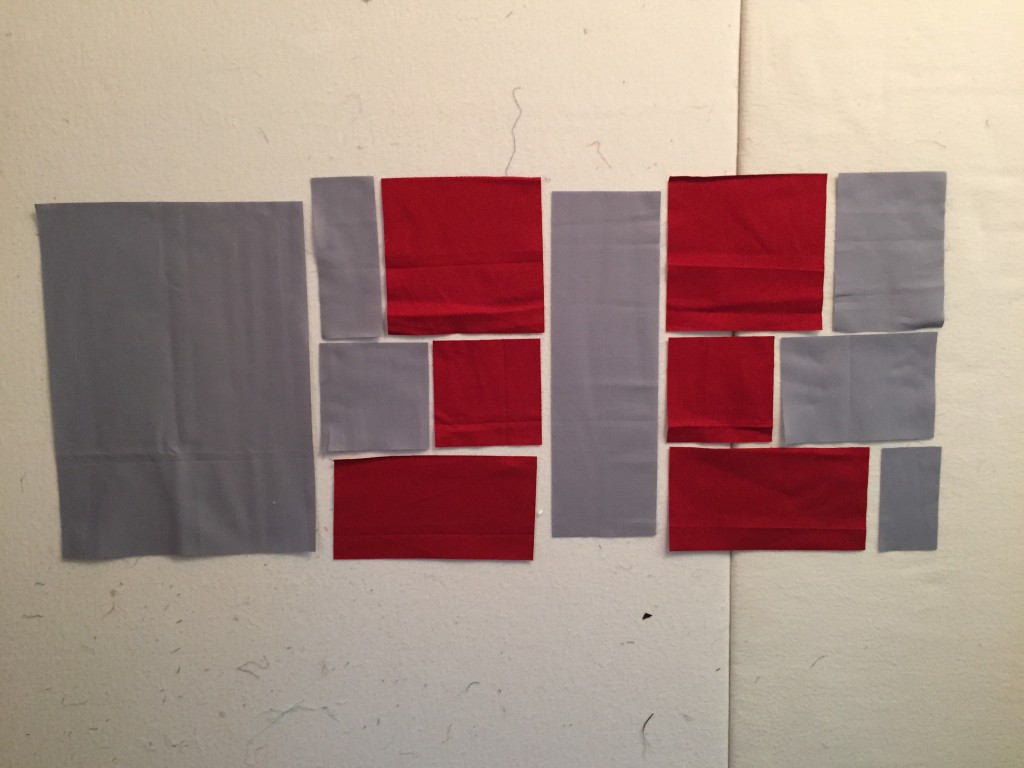

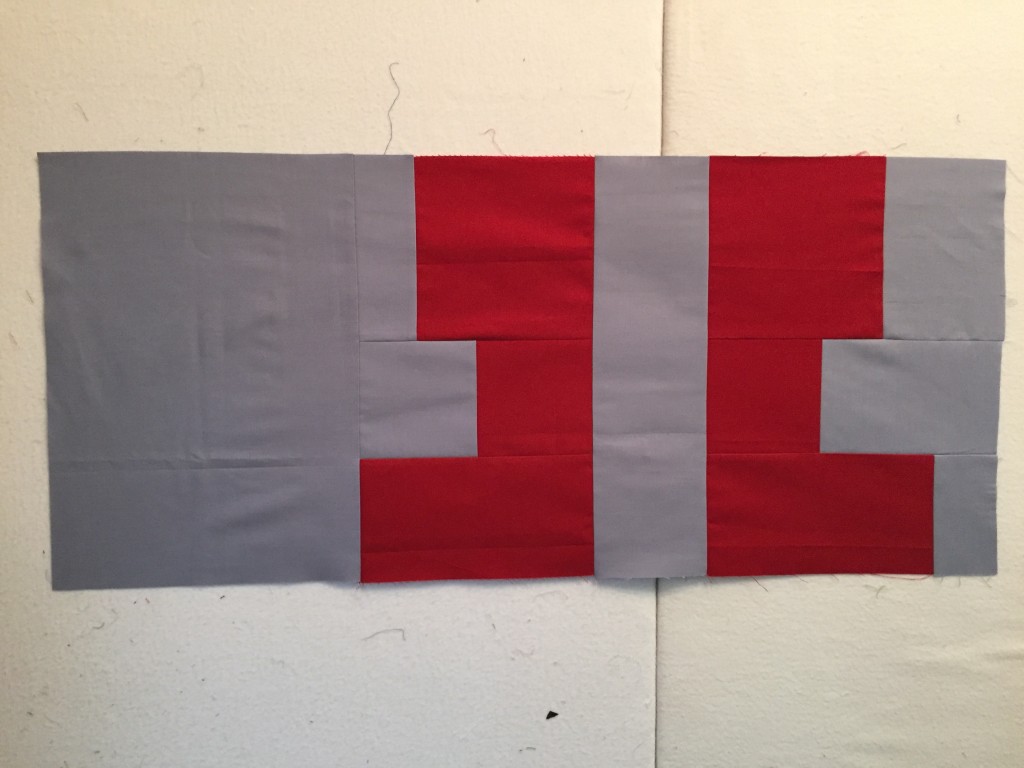
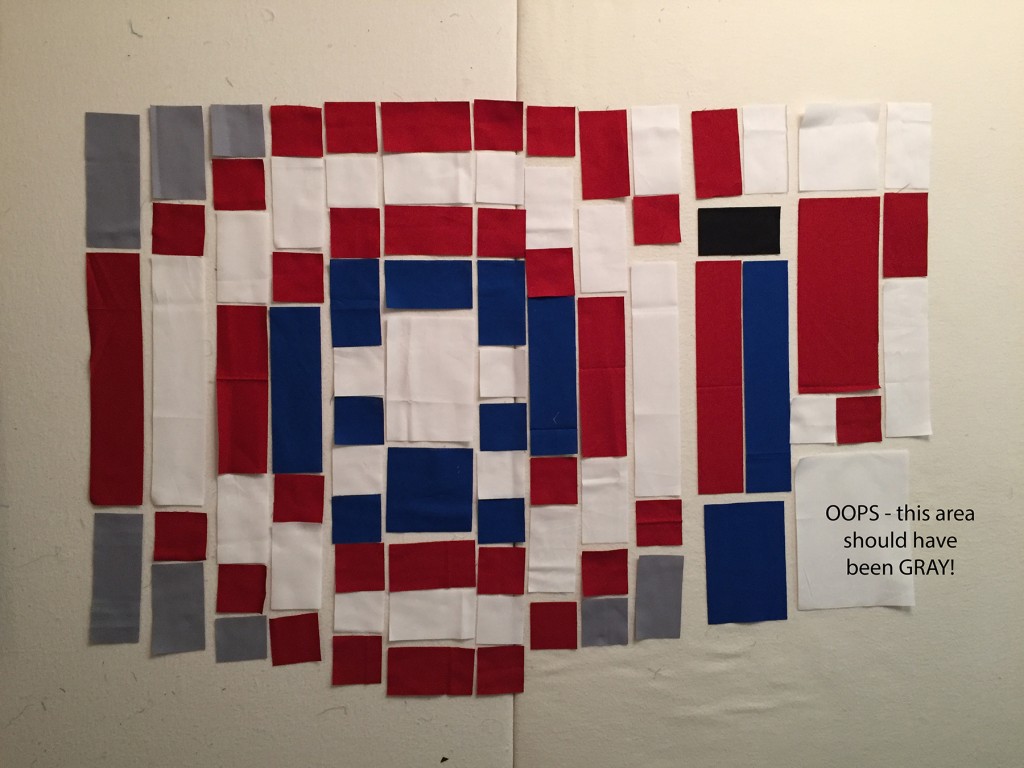
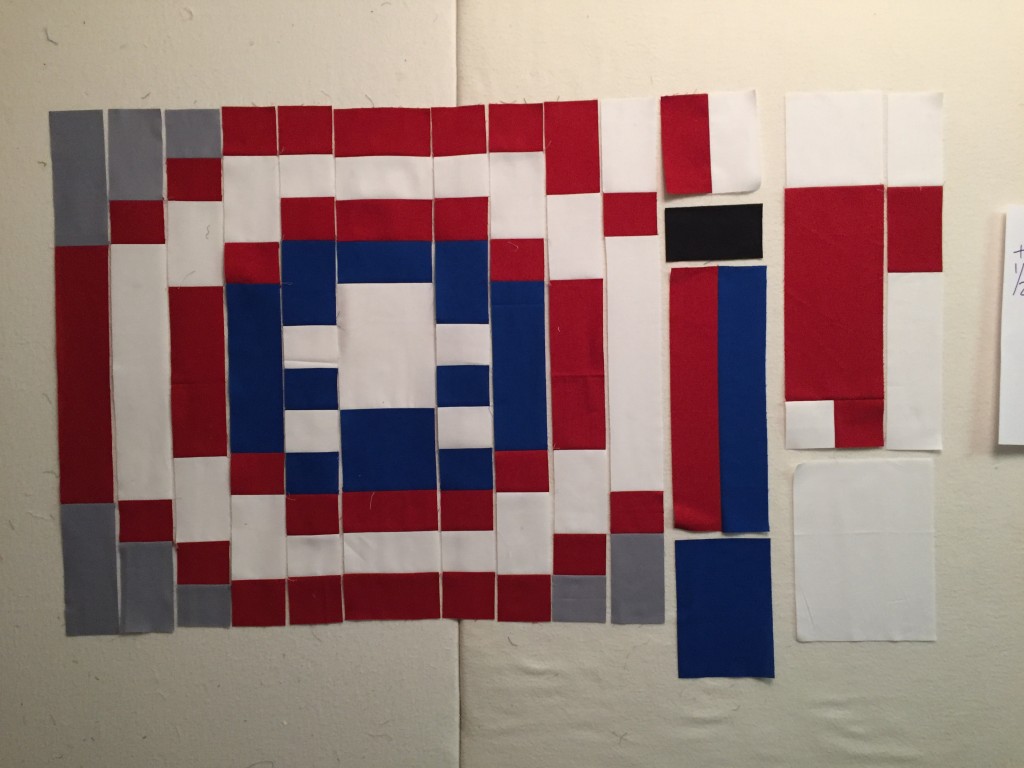

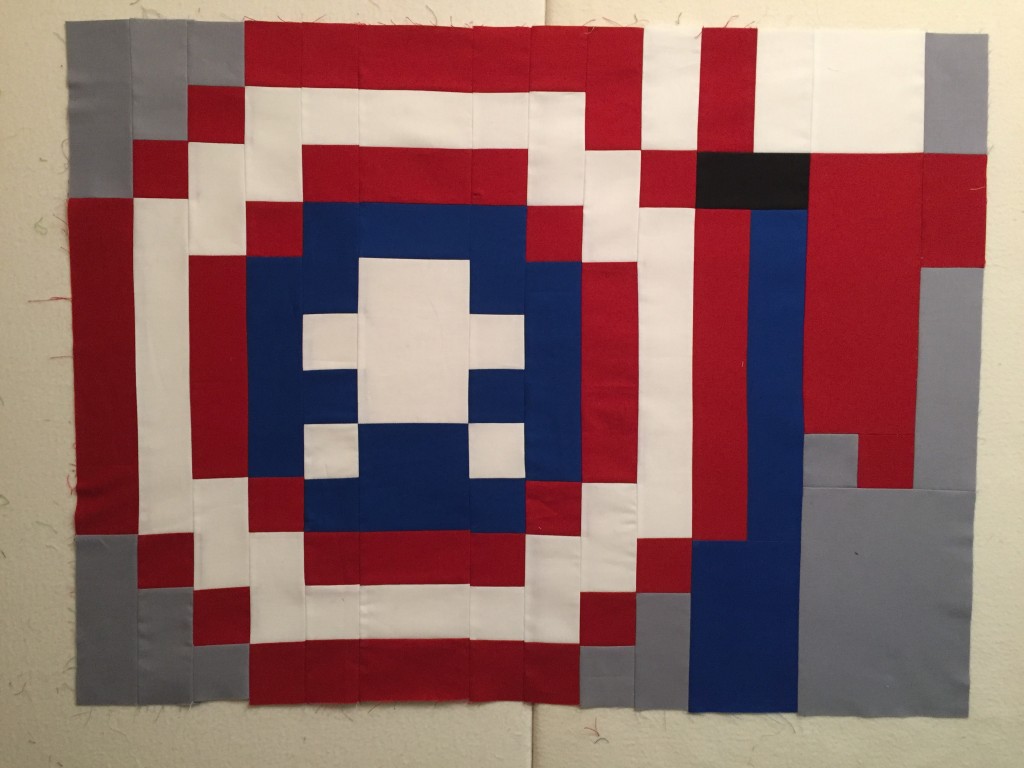
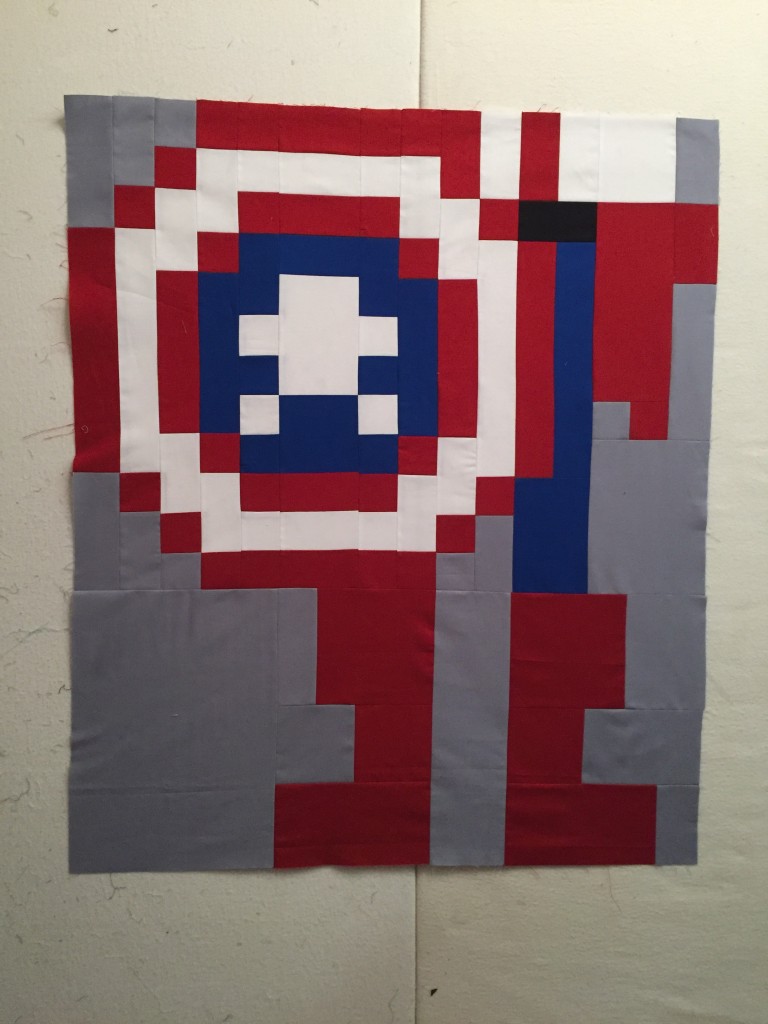
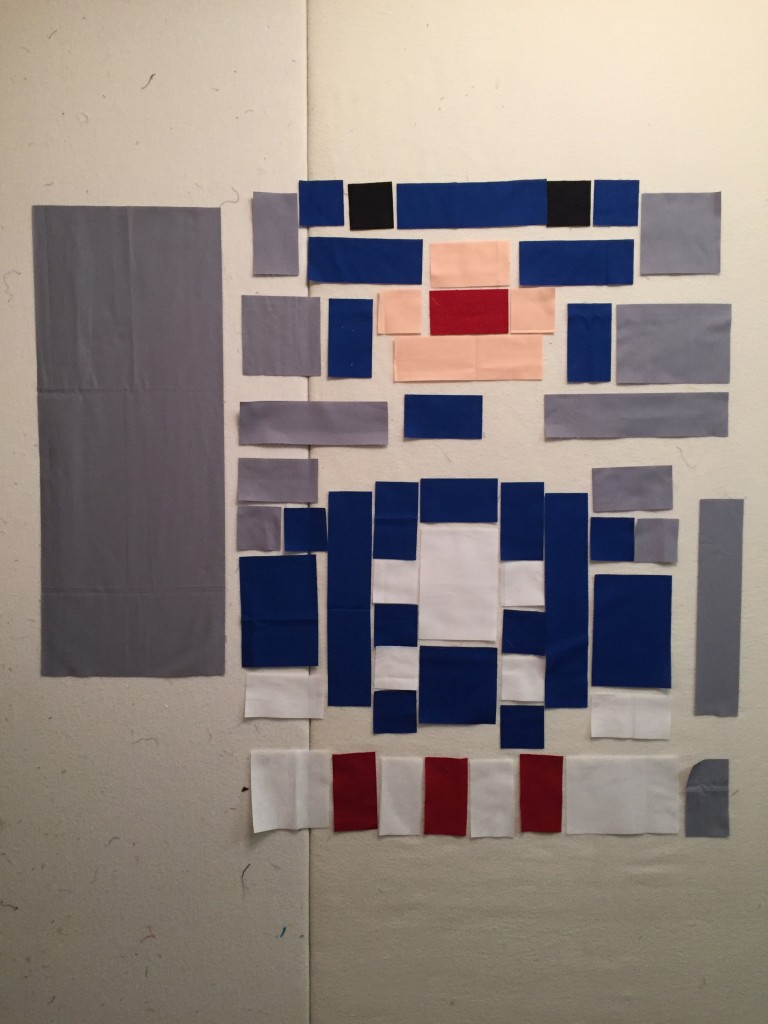
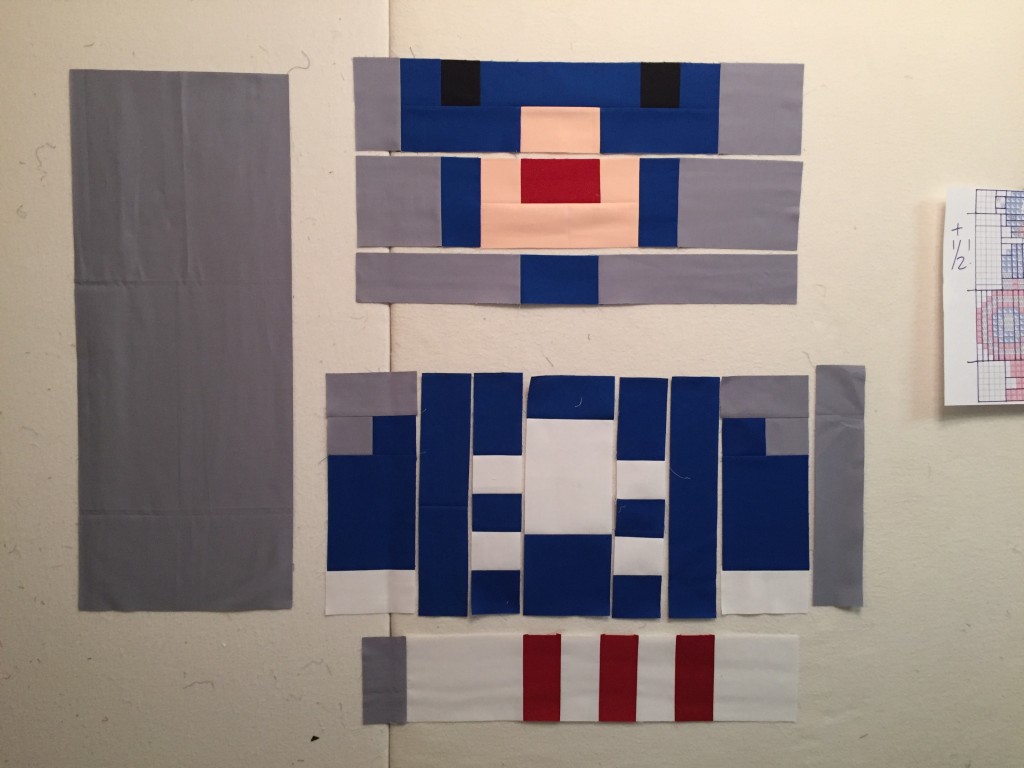
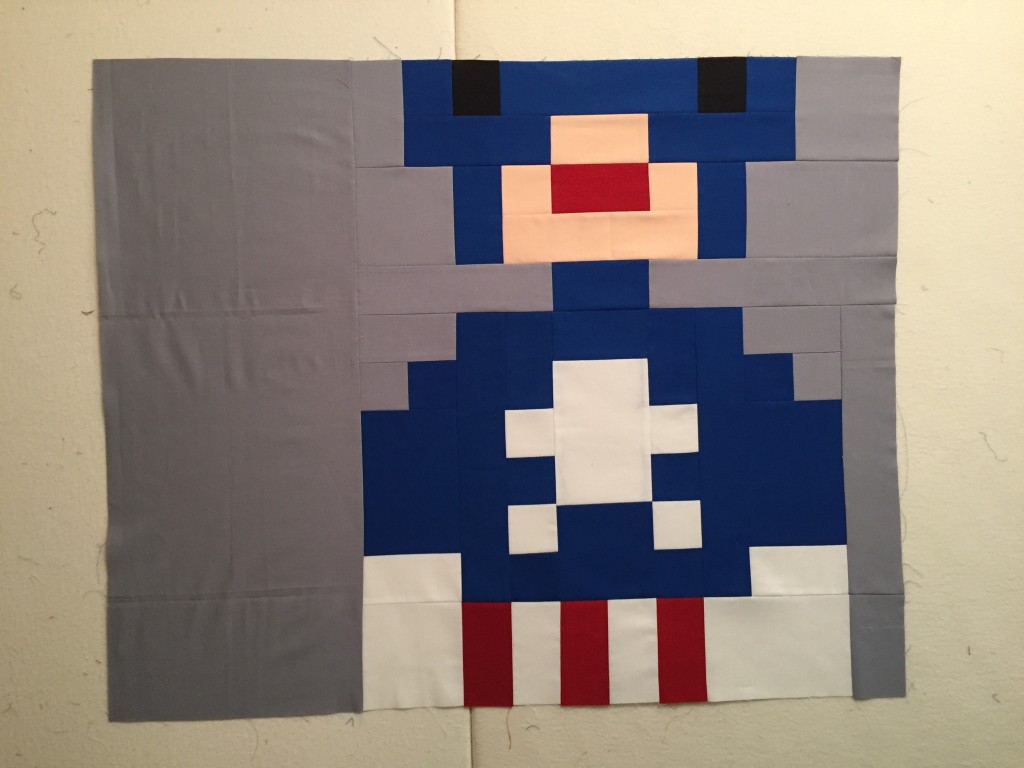
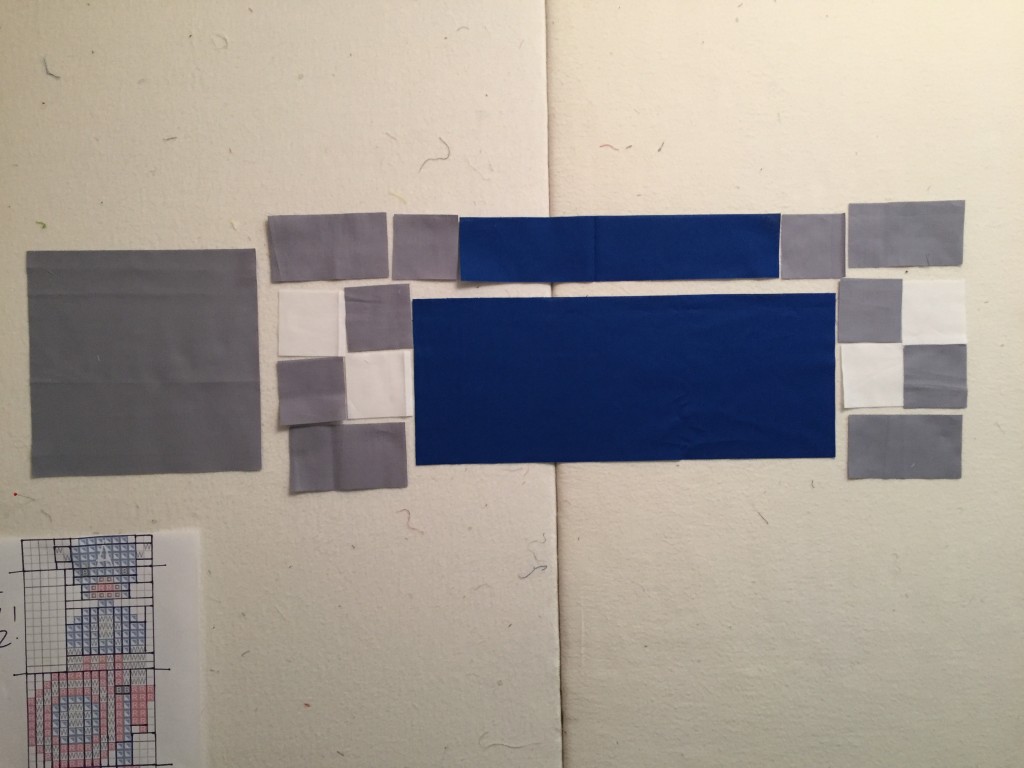

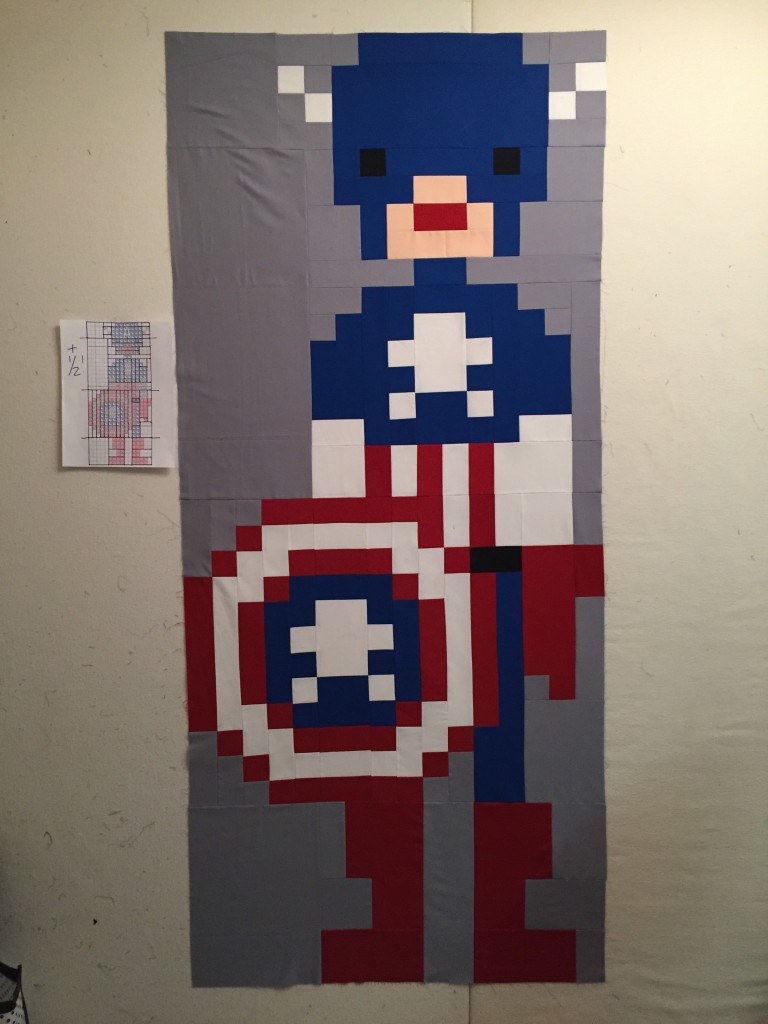
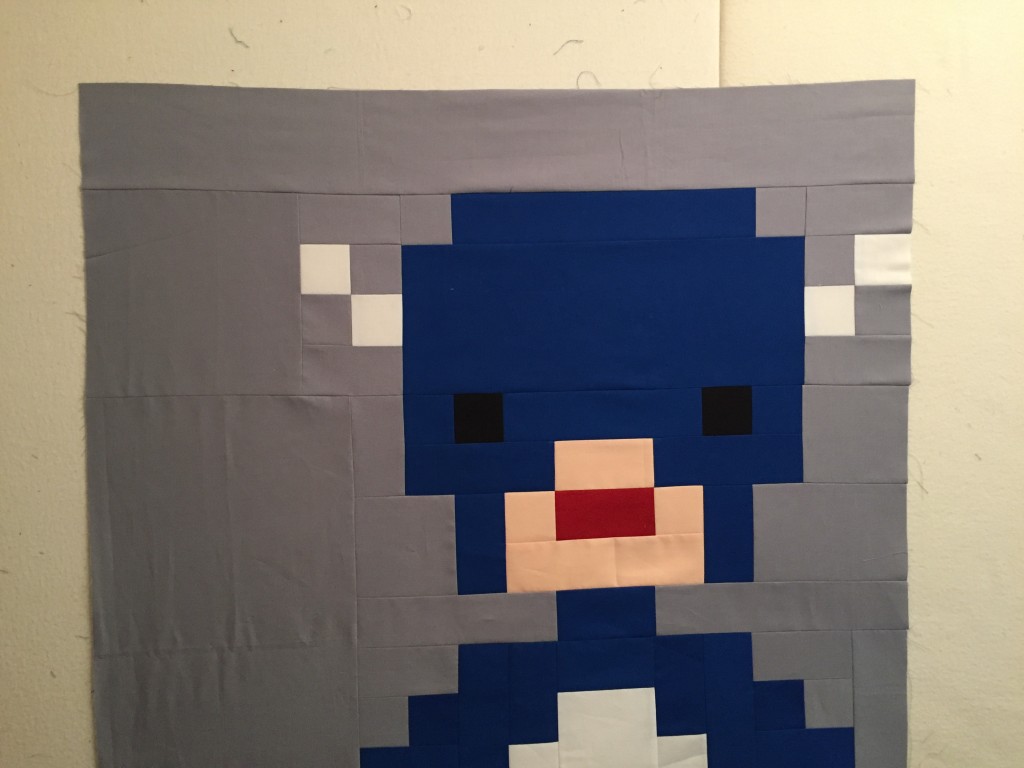

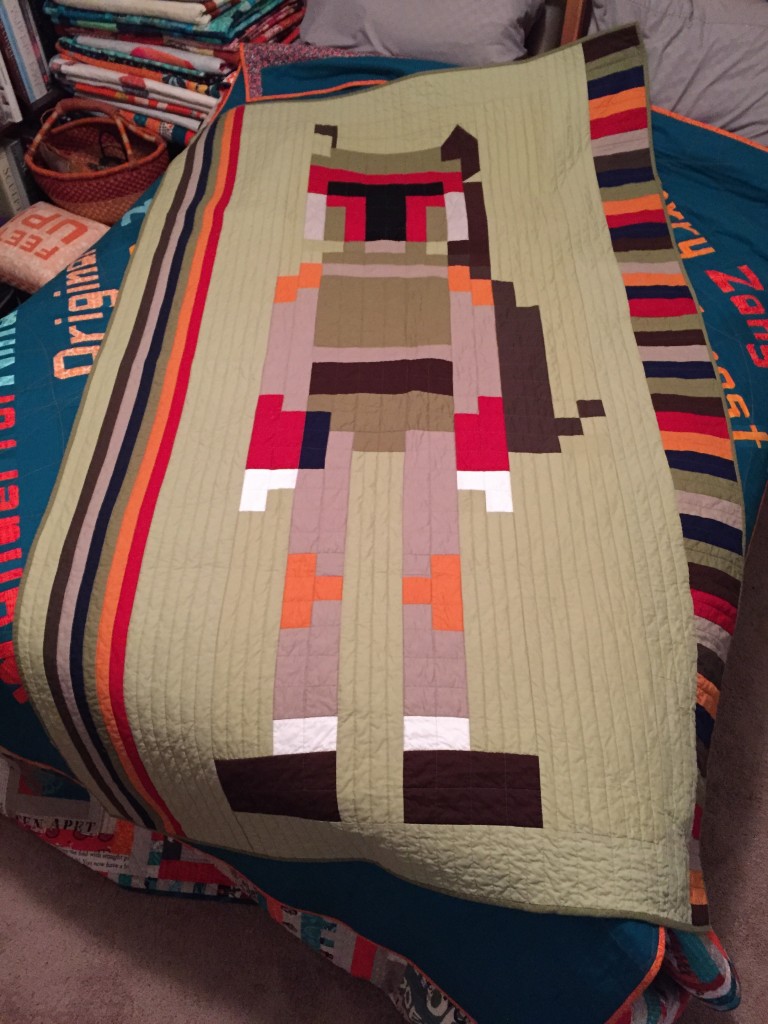
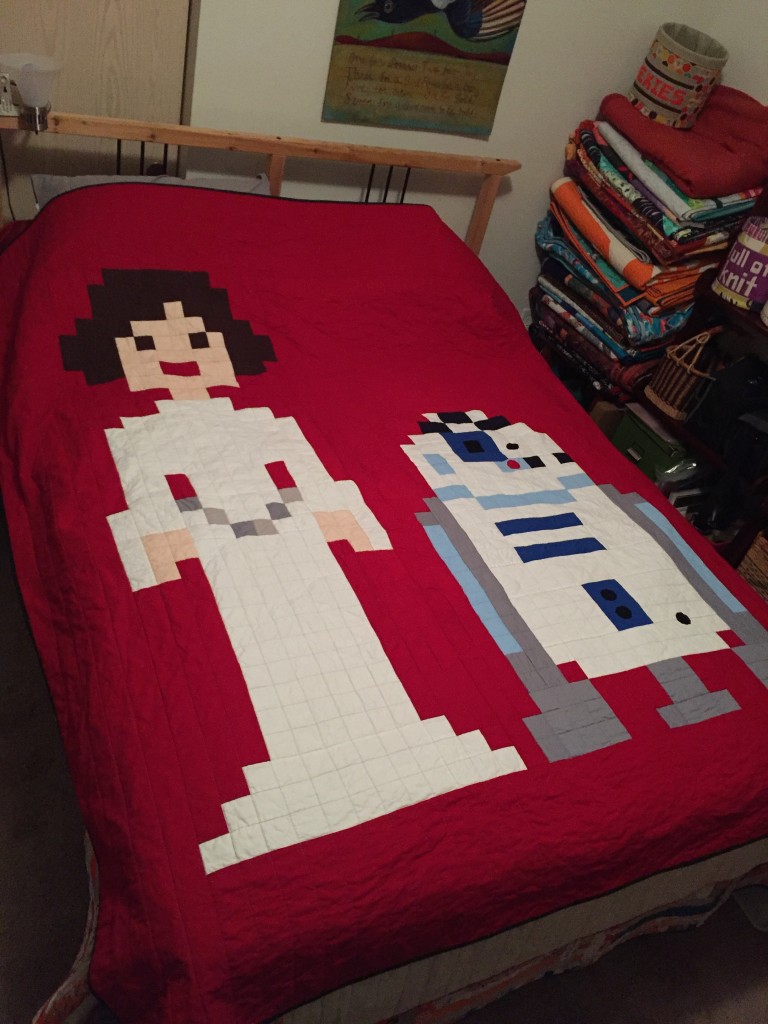
Thank you, I have been wanting to do this for so long.
Love the Bobafet quilt!
Thank you for this. I thought you cut all little squares to match the “stitch” in the design. This makes SEW much more sense now!
I wouldn’t have the patience to tackle it that way!
This is a great tutorial! Thank you !
thank you!
This is a game changer, thank you so much!!!